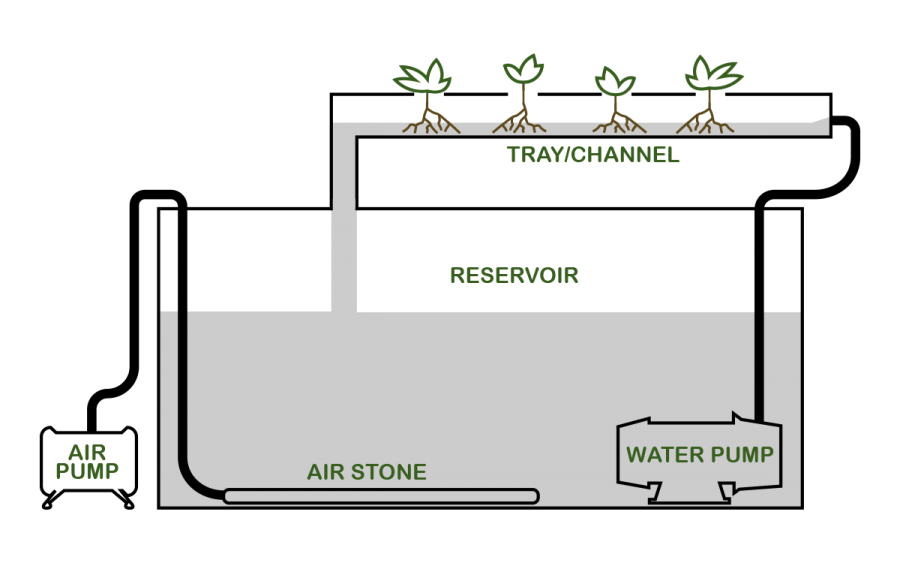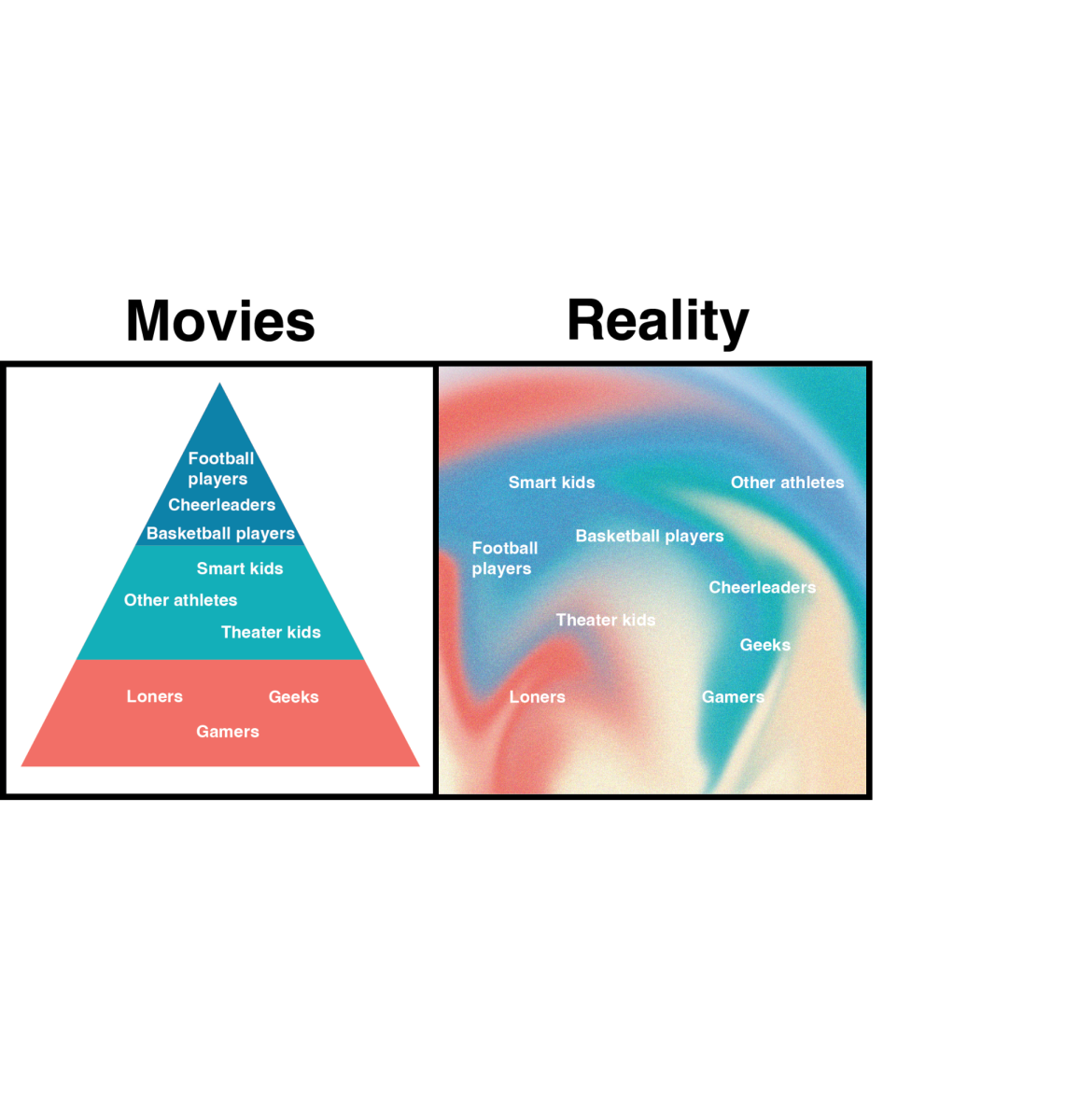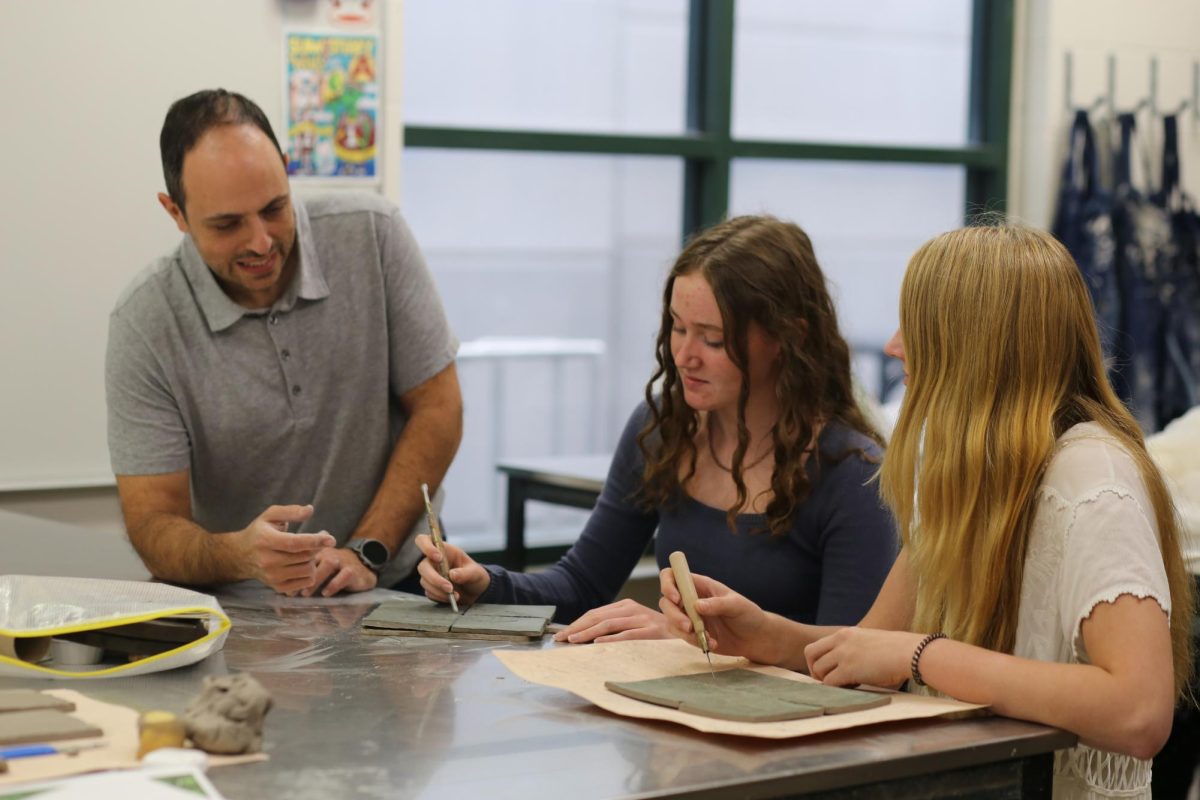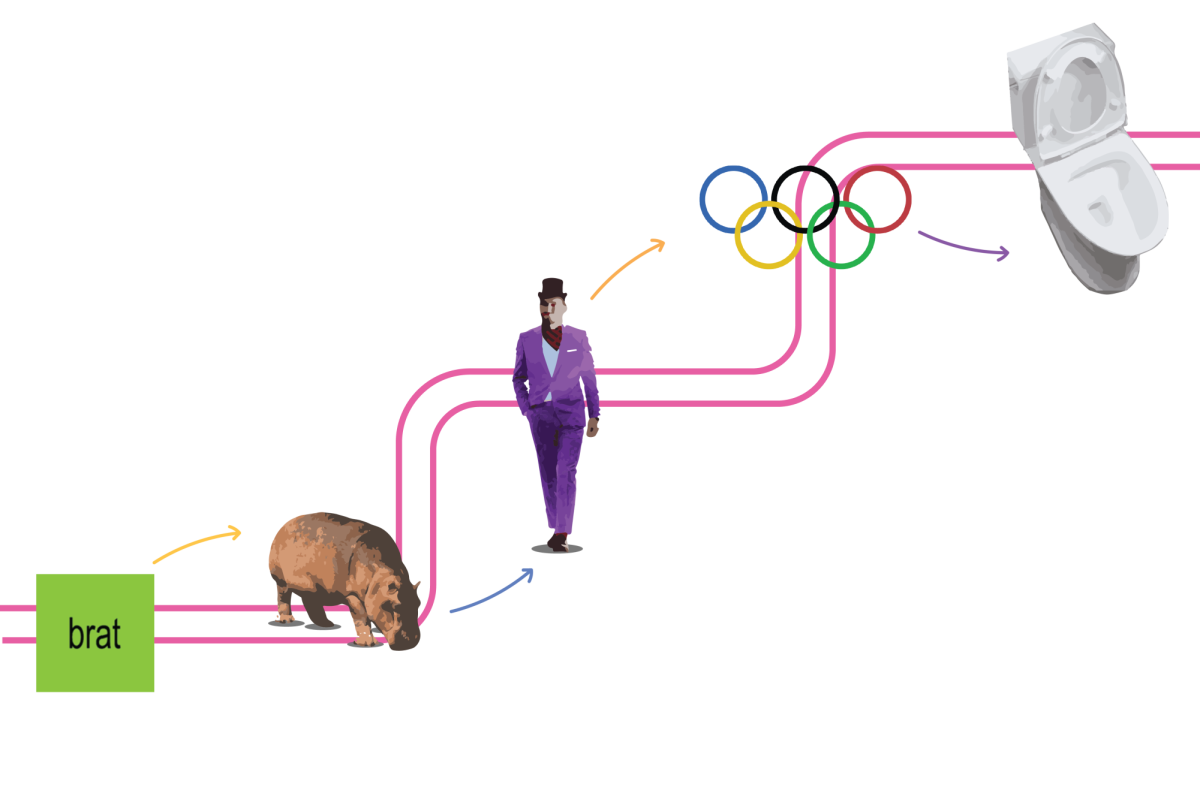Ever since the Industrial Revolution in America, the world has only looked up. Mass exploration and industrialization caused a crisis of expansion, having developed the majority of our livable land, many began to imagine a new dimension of expansion, the sky. Skyscrapers and apartment complexes revolutionized our way of life, and now, as we face an impending crisis of agricultural production, the vertical solution has extended to farming. Finding new ways to improve crop production has been a topic of discussion for decades. Ideas like GMOs and using greenhouse gases that regulate temperature have improved crop production. Yet today, agriculture faces the possibility of a radical paradigm shift, going vertical.
Vertical farming is a method that grows the maximum amount of crops in the smallest amount of space. It allows for year-round crop production that isn’t dependent on the weather and avoids the usage of chemical pesticides and the toxins that come with it Although a new concept, many scientists have constantly sought to use alternatives to ordinary means of growing crops.
“Vertical farming is taking place where there’s less access to arable land and so, … vertical farming allows you to grow crops year-round,” science teacher Emily Massey-Burmeister said.
Unlike traditional methods of farming, vertical farming does not require the use of natural sunlight but instead, adapts to the indoor environment used. Companies use multiple colors of LED lights like red to enhance photosynthesis and control the light and humidity of the room to create an optimal growing environment for the plants. It also uses three different systems: aeroponics, hydroponics, and aquaponics to skip the growing mediums that are traditionally needed. For example, these systems allow the plants to skip the use of soil.
In an era where food security and shortages have become a looming threat, the idea of vertical farming has caught multiple investor’s attention. Traditional means of farming In fact, the US vertical farming market is projected to reach values of around $3 billion by 2024.
However, although the idea of vertical farming brings efficiency to the farming process, it comes with it’s disadvantages.
“In terms of if it is more productive, I would say it’s probably going to give you less productivity not because of the individual plants but because the spaces that you’re growing them in is limiting,” Massey-Burmeister said.
For starters, vertical farming also requires higher labor costs in comparison to farmers, and the potential effects a natural disaster can have are devastating, as the whole system depends on electricity. Additionally, it’s very costly to start up a vertical farming complex. In fact, Agriculture Consulting found that the average start-up cost for a vertical farm was $4 million dollar due to the tremendous amount of electricity needed to run the farm.
Since the industry is brand new, the prices for vertically farmed crops are massively higher than ordinary crops. A study by iGrow found that while the cost of kale was $1.33 per pound at Walmart and organic kale costs around $4.99 per pound at Whole Foods; vertically farmed kale ended up costing a much larger $14.18 per pound.
Vertical farming also takes away multiple important aspects and lessons that only traditional means of farming can have.
“It helps bring the community together and it could teach more people about what it’s like to grow your own food which could be really important for communities like in a food desert of a city,” said garden club president, Emily Wilhelm.
Today, the key to the most popular form of farming is efficiency. So while the state of vertical farming seems dim, the industry has room to grow and improve. For example, companies could find a way to reduce energy consumption through alternate means.
“If there was a cleaner way to generate the energy then it wouldn’t be as detrimental as if you’re running fossil fuels,” Massey-Burmeister said. “I think if your need to boost production you can do it as long as it isn’t causing a major detriment to the environment around you.”
Massey-Burmeister suggested using renewable energy rather than ordinary means of combusting coal and fossil fuel. New ideas should be formed around farming and even more, the relationship between technology and farmers should grow closer. Because in a time when our population only continues to grow, our needs for food will increase with it.
“I think what we’re doing right now is kind of limited, and I think we should take technology and kind of expand it into fields like hydroponics,” Wilhelm said.
Vertical farming is not perfect by any means. Some may consider it a drawback rather than an innovation. However, in a generation that must build off of ordinary means to solve problems like the food crisis, vertical farming creates a new lens, one that looks up.













